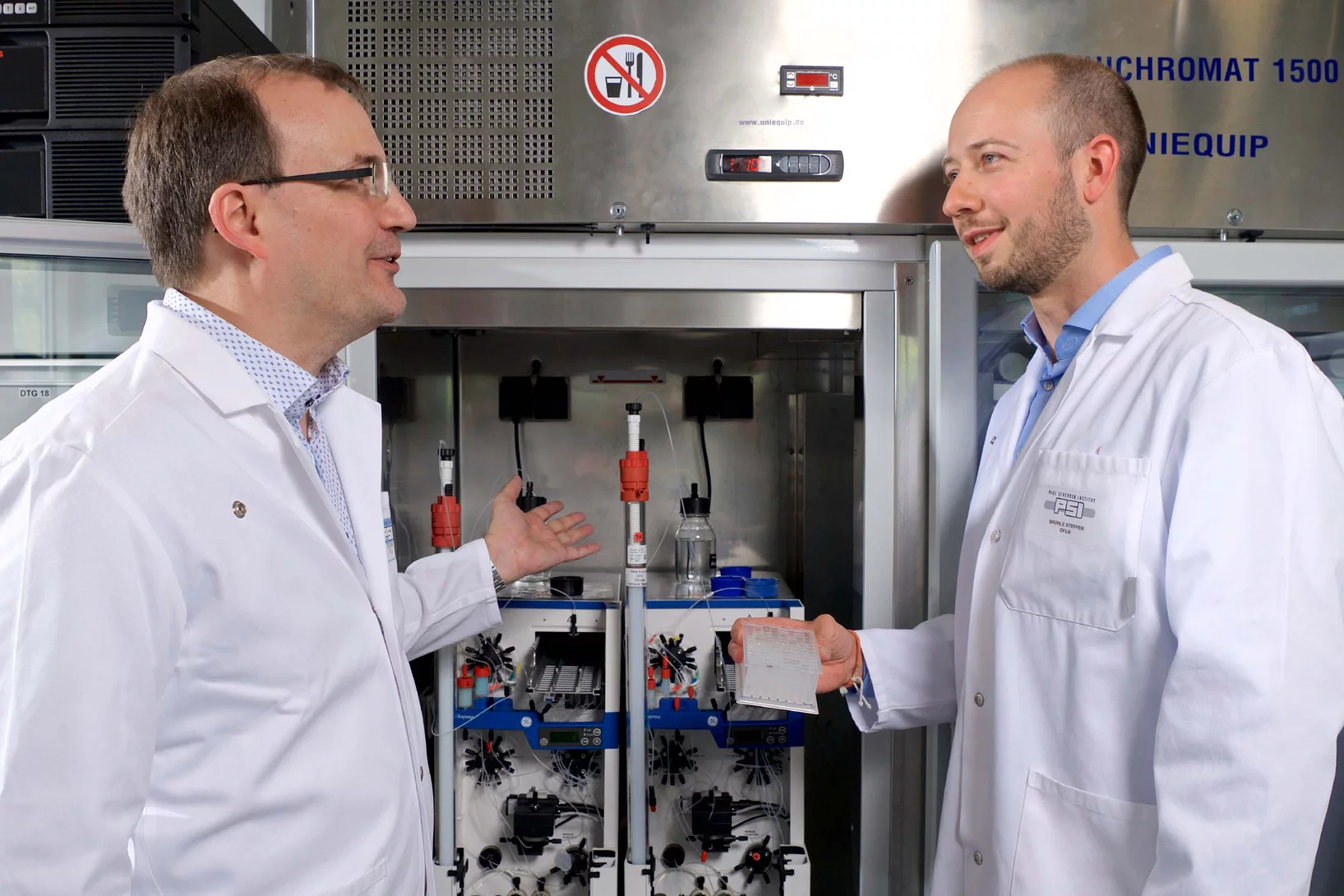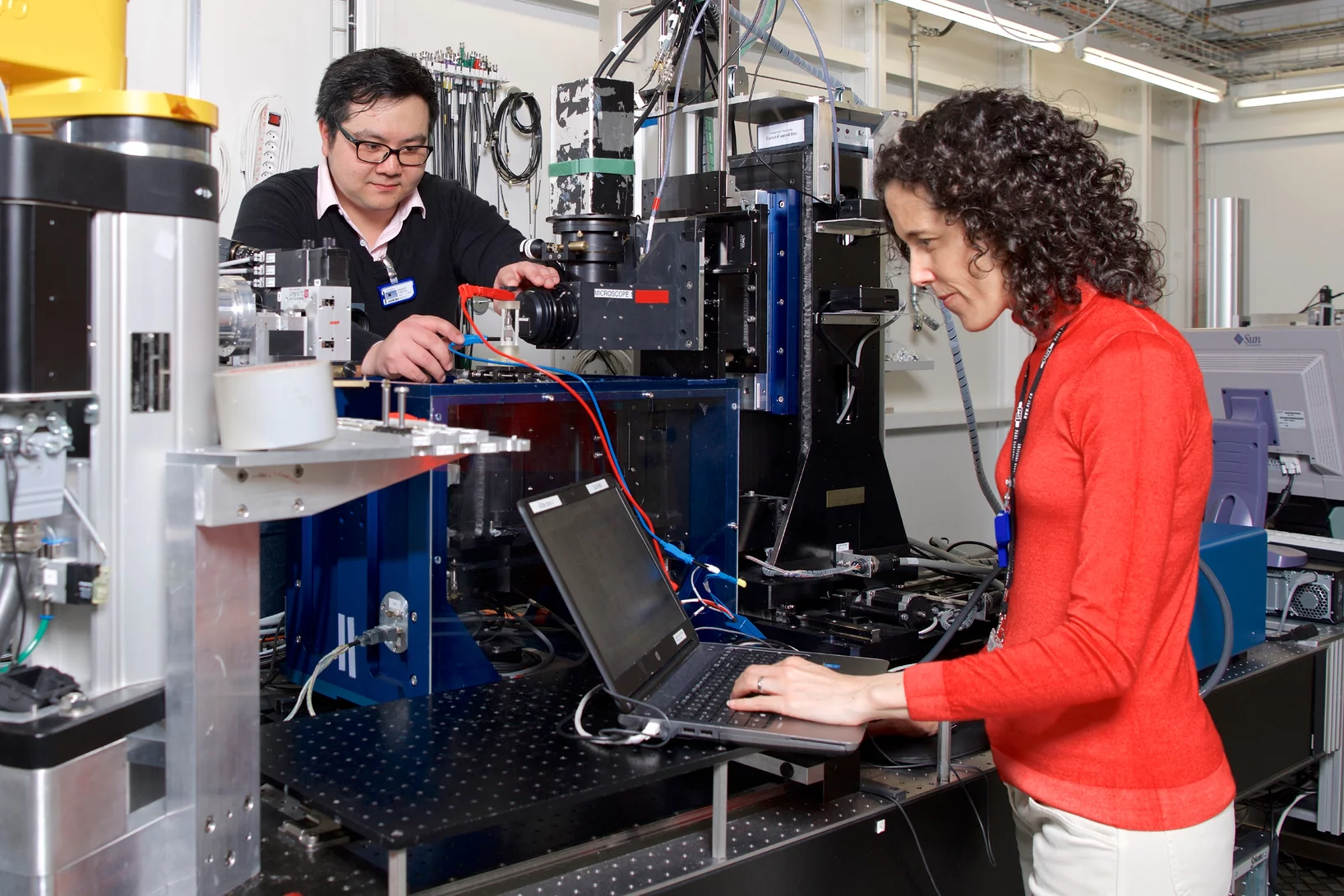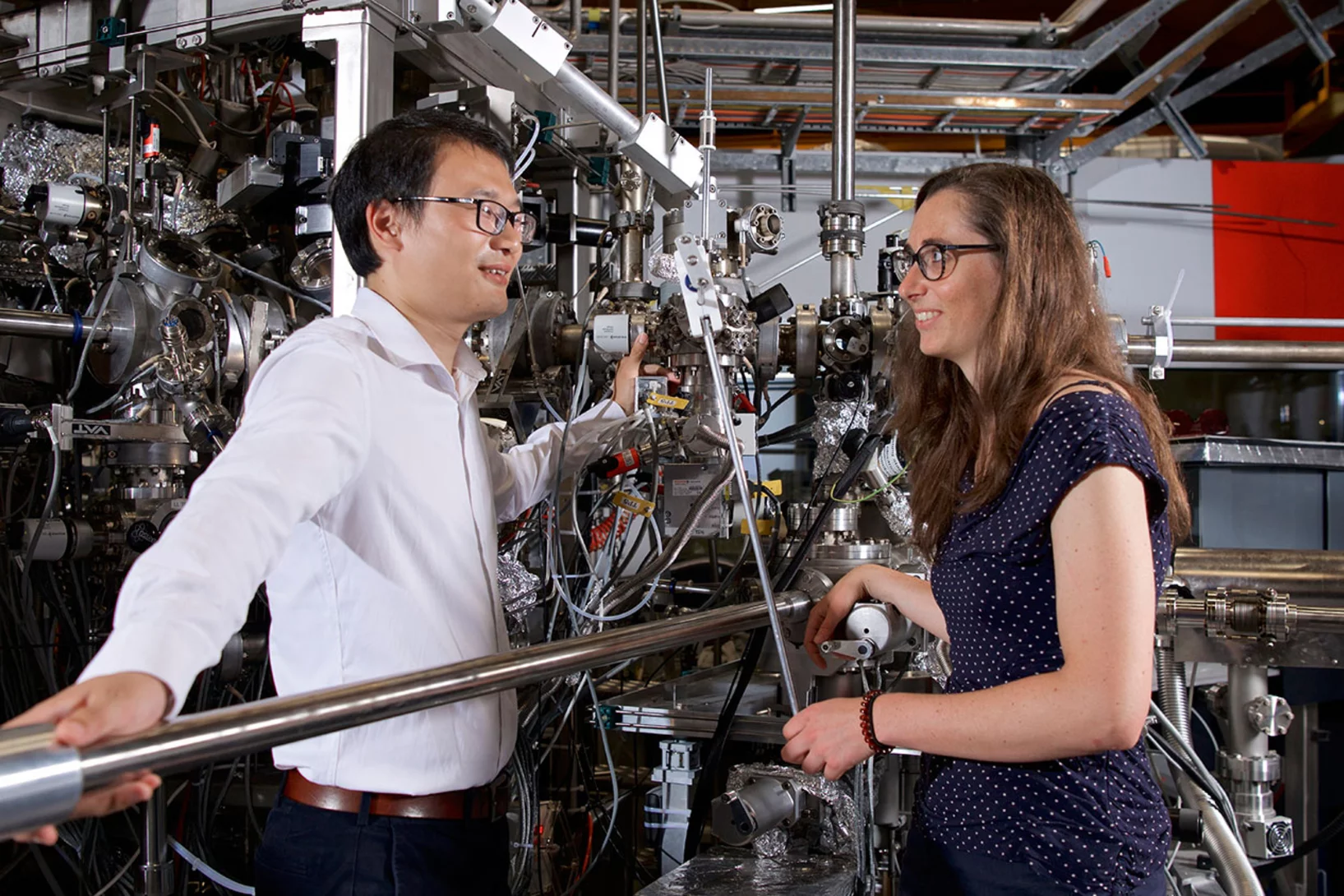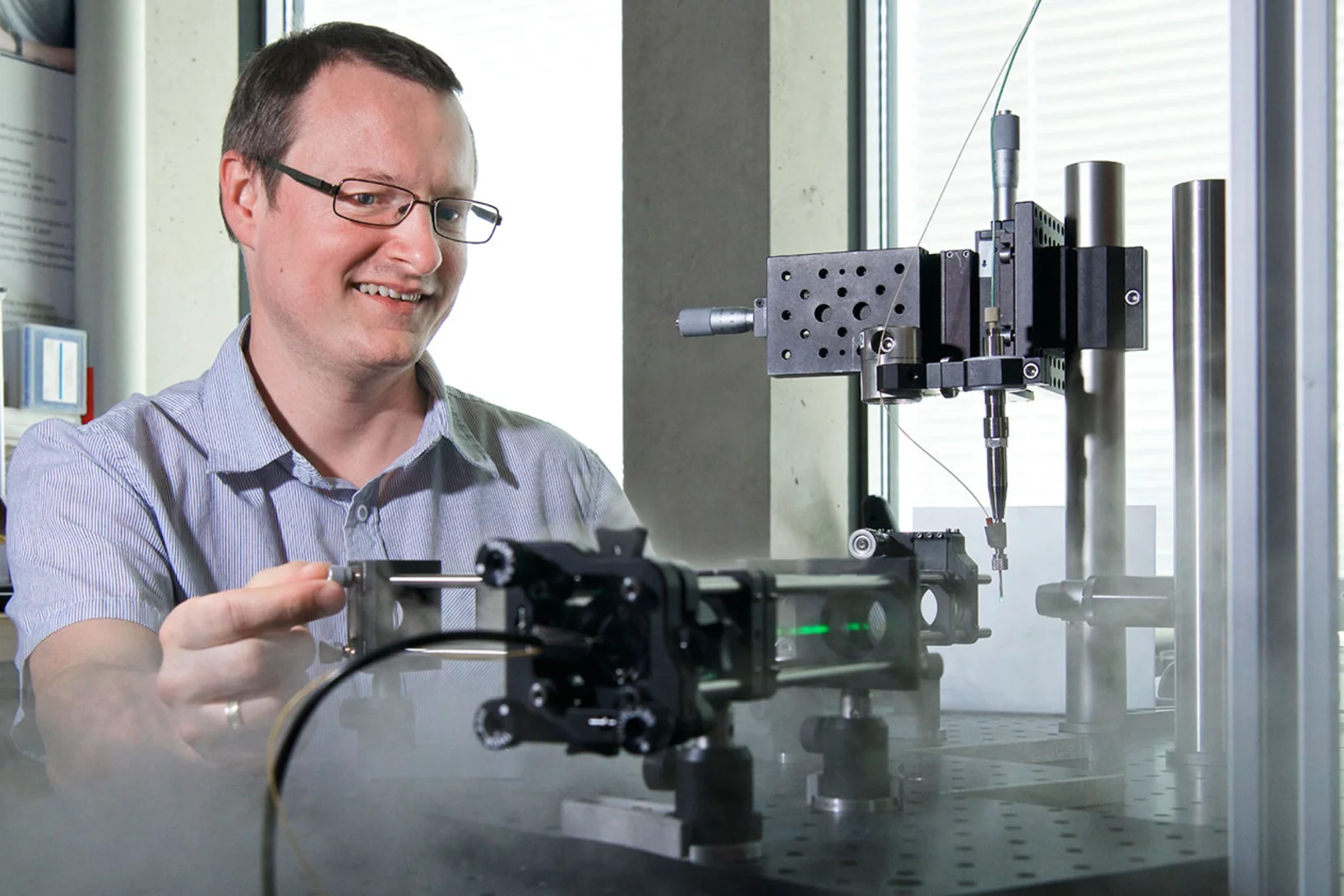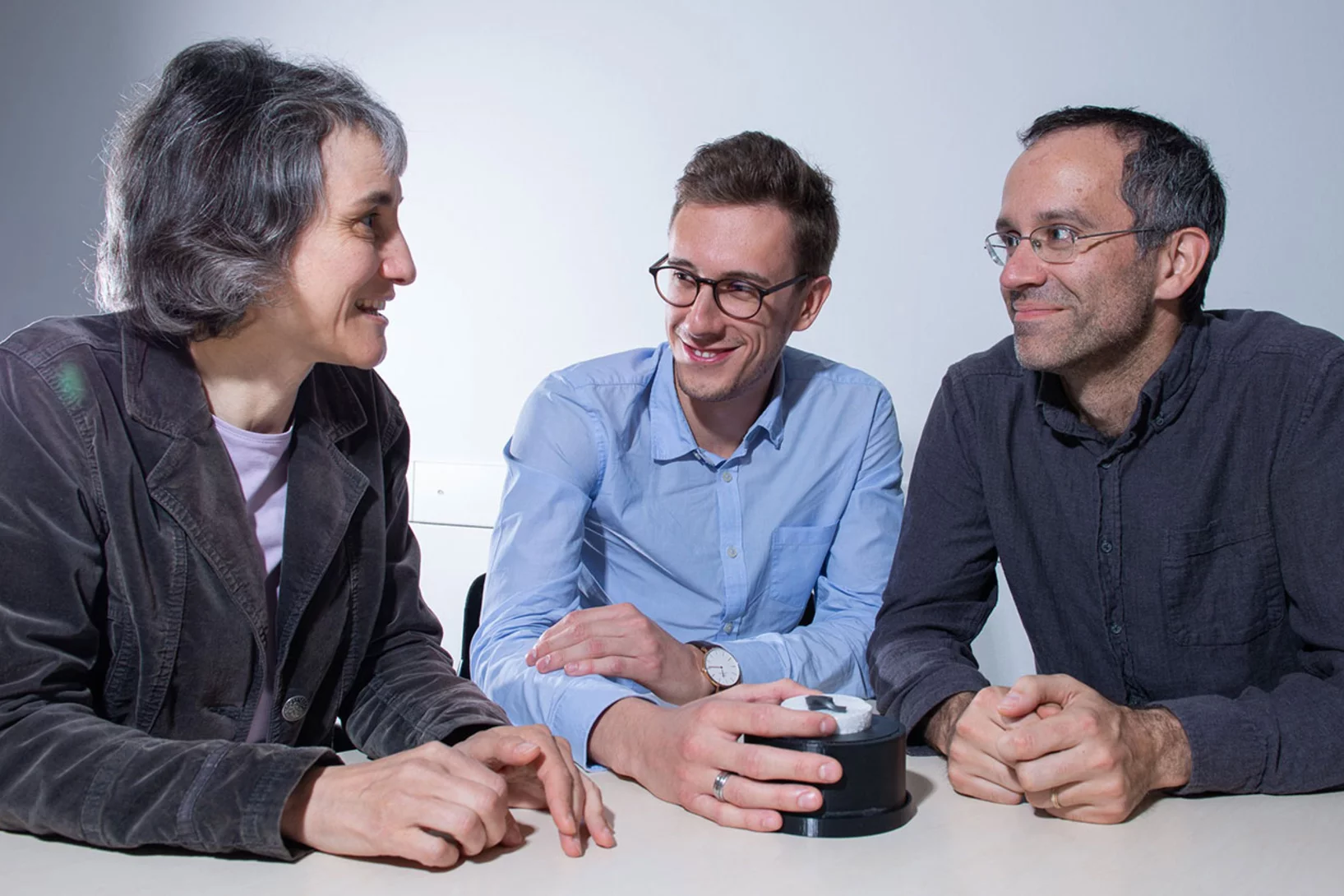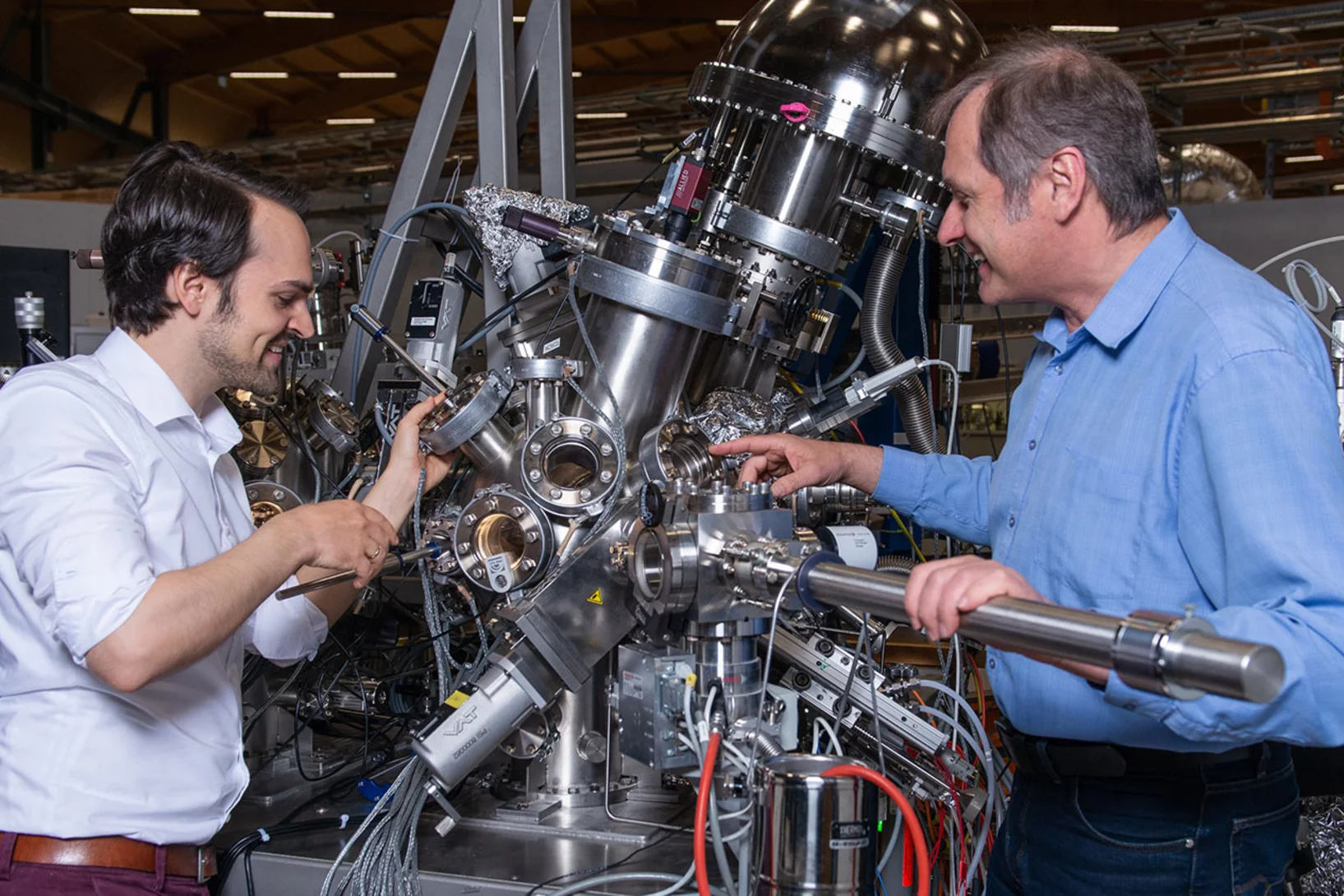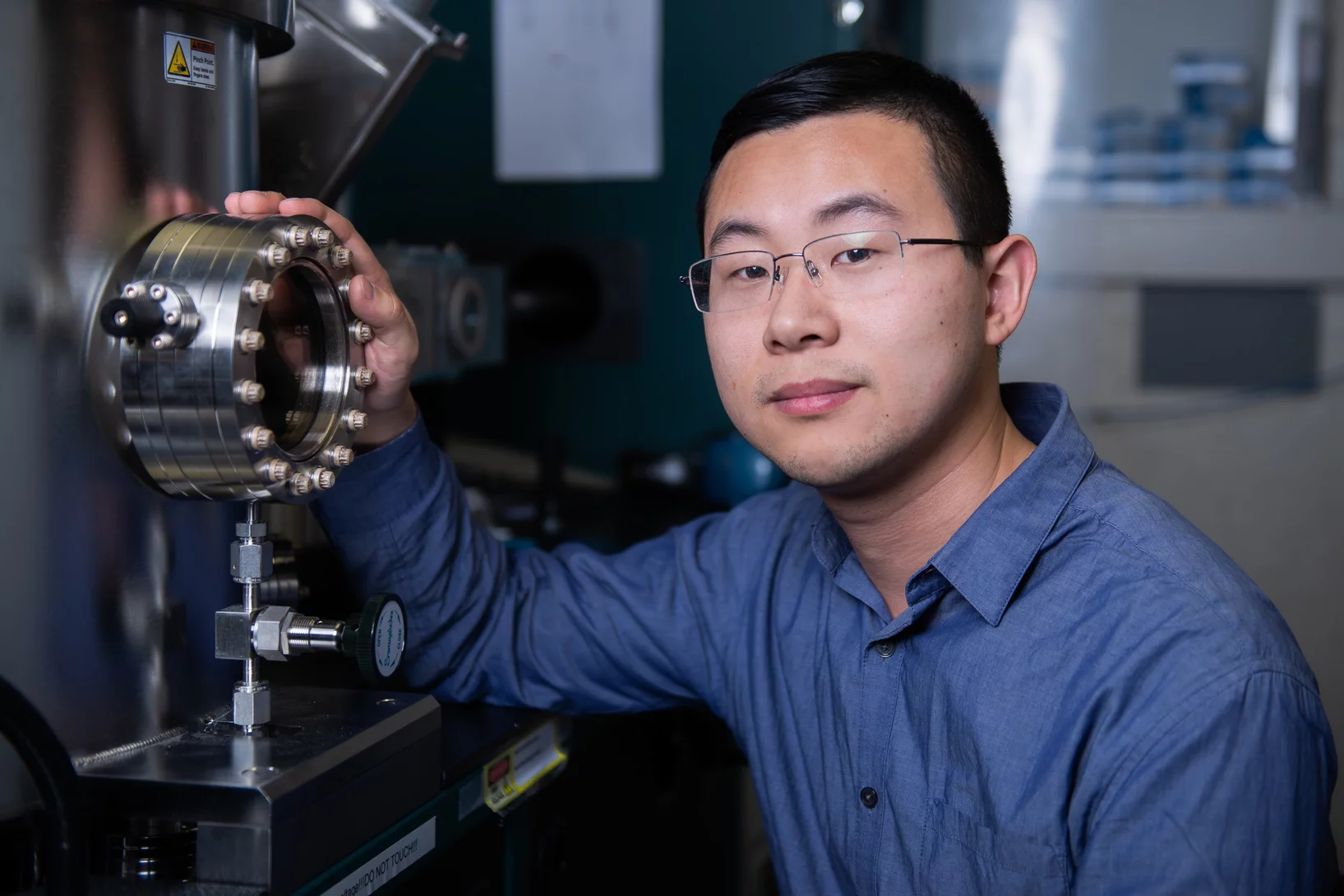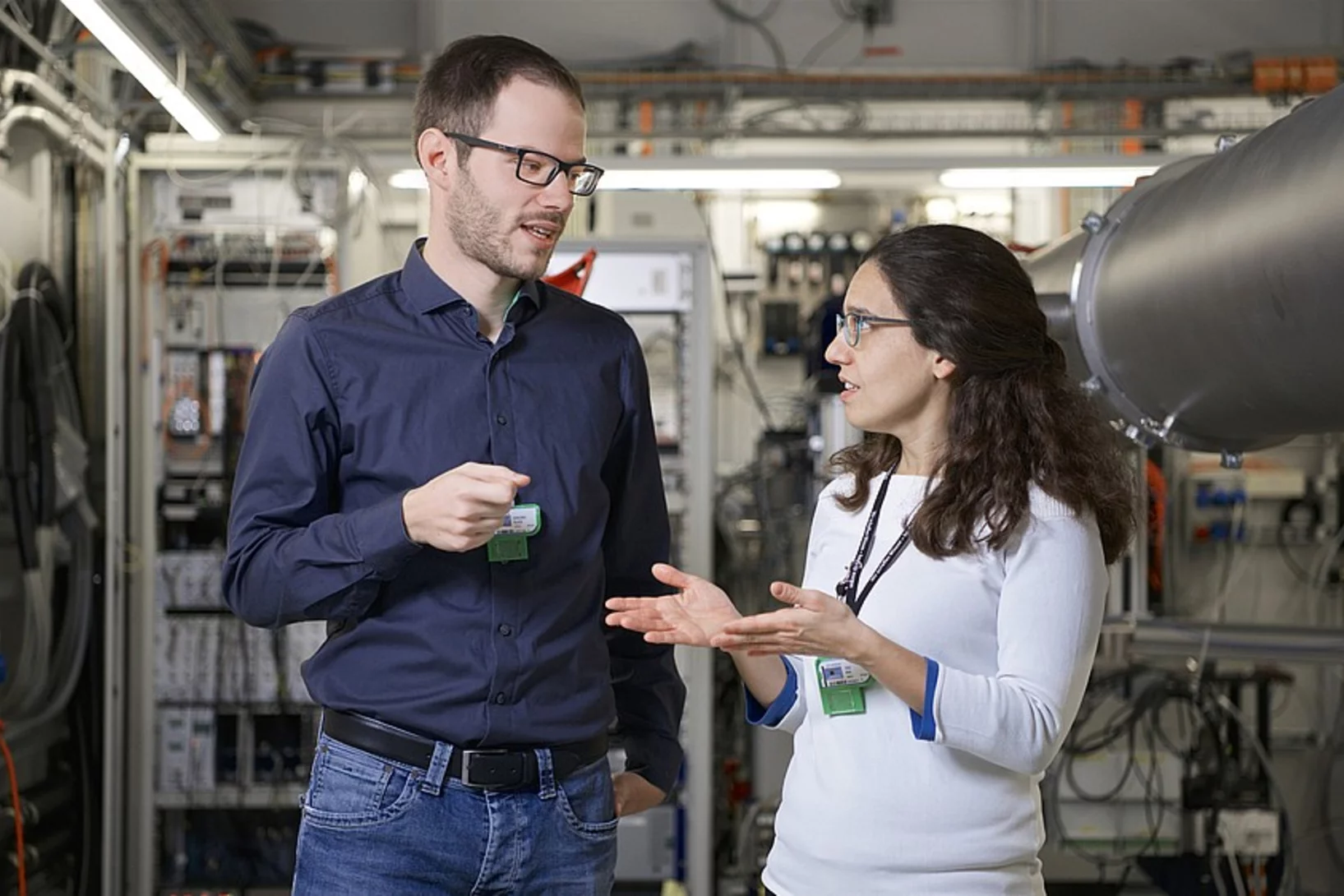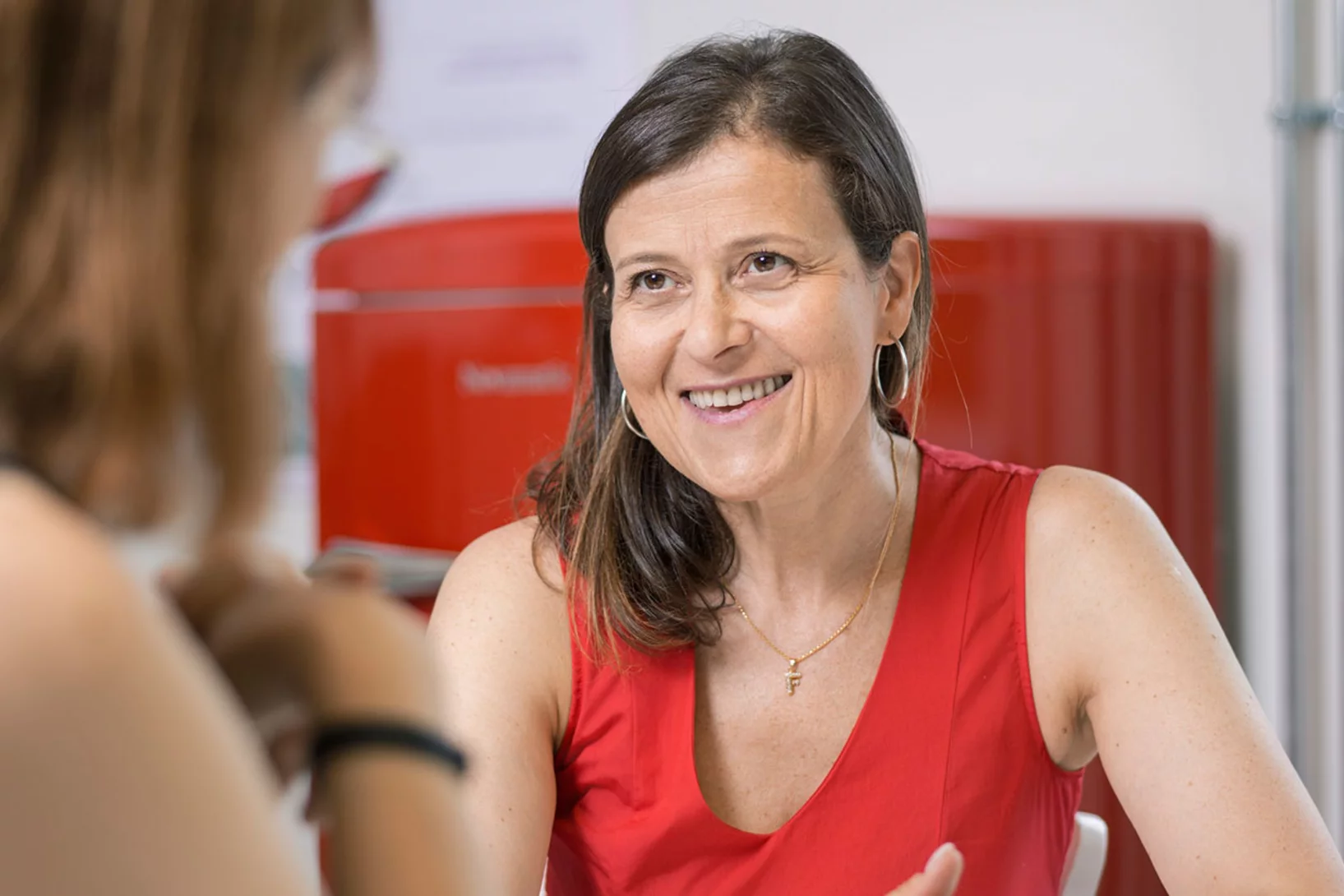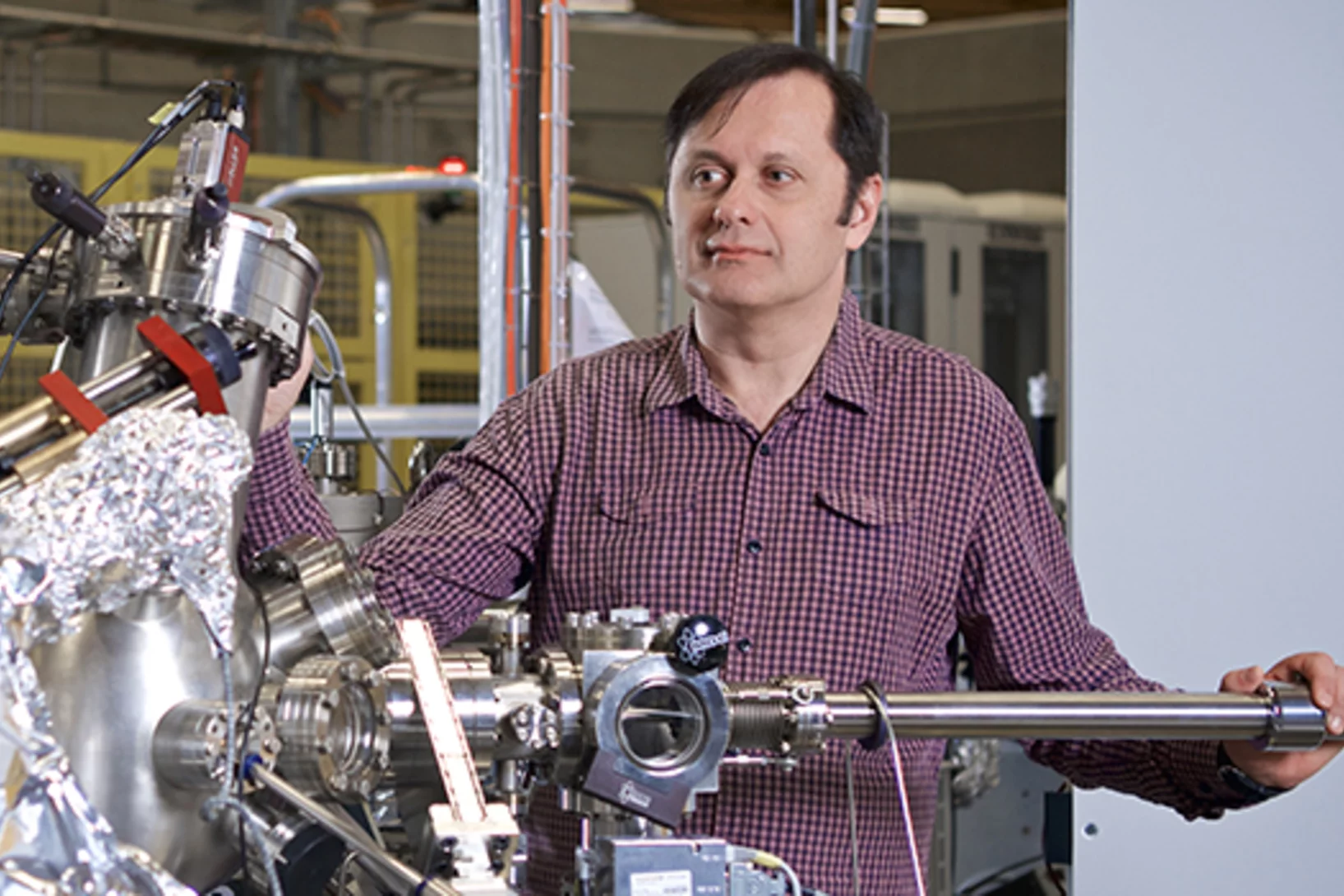SLS
Preventing tumour metastasis
Researchers at the Paul Scherrer Institute PSI, together with colleagues from the pharmaceutical company F. Hoffmann-La Roche AG, have taken an important step towards the development of an active substance against the metastasis of certain cancers. Using the Swiss Light Source SLS, they deciphered the structure of a receptor that plays a crucial role in the migration of cancer cells.
Observing solid-state batteries during deformation
PSI researchers have observed mechanical processes in solid-state batteries with unprecedented precision. Using X-ray tomography at the Swiss Light Source SLS, they discovered how fissures inside the batteries propagate. These insights can help to make batteries for electric cars or smartphones safer and more efficient.
Weyl fermions discovered in another class of materials
A particular variety of particles, the so-called Weyl fermions, had previously only been detected in certain non-magnetic materials. But now researchers at PSI have experimentally proved their existence for the first time in a specific paramagnetic material.
Molecular energy machine as a movie star
Using the Swiss Light Source SLS, PSI researchers have recorded a molecular energy machine in action and thus revealed how energy production at cell membranes works. For this purpose, they developed a new investigative method that could make the analysis of cellular processes significantly more effective than before.
New material with magnetic shape memory
PSI researchers have developed a material whose shape memory is activated through magnetism. Application areas for this new kind of composite material include, for example, medicine, space flight, electronics, and robotics.
New material also reveals new quasiparticles
Researchers at PSI have investigated a novel crystalline material at the Swiss Light Source SLS that exhibits electronic properties never seen before. Among other things, they were able to detect a new type of quasiparticle: so-called Rarita-Schwinger fermions.
A compass pointing West
Researchers at PSI have discovered a new phenomenon of magnetism with the help of the Swiss Light Source SLS. Certain groups of atoms behave like a compass pointing West. This could make computers much more powerful.
Virtual lens improves X-ray microscopy
A method developed by PSI researchers makes X-ray images of materials even better. The researchers took a number of individual images while moving an optical lens. From these, with the help of computer algorithms, they generated one overall image.
On the go at 200 kilometres per hour
Fabia Gozzo is no woman for the comfort zone. First she made a beamline at the Swiss Light Source SLS of the Paul Scherrer Institute PSI into one of the world's leading facilities. Today she is making her knowledge available to industry with her spin-off.
On the path to new high-performance transistors
The electronics industry expects a novel high-performance transistor made of gallium nitride to offer considerable advantages over present-day high-frequency transistors. Yet many fundamental properties of the material remain unknown. Now, for the first time, researchers at the Paul Scherrer Institute PSI have observed electrons while they were flowing in this promising transistor. For that they used one of the world's best sources of soft X-rays at PSI's Swiss Light Source SLS.

